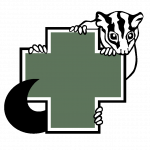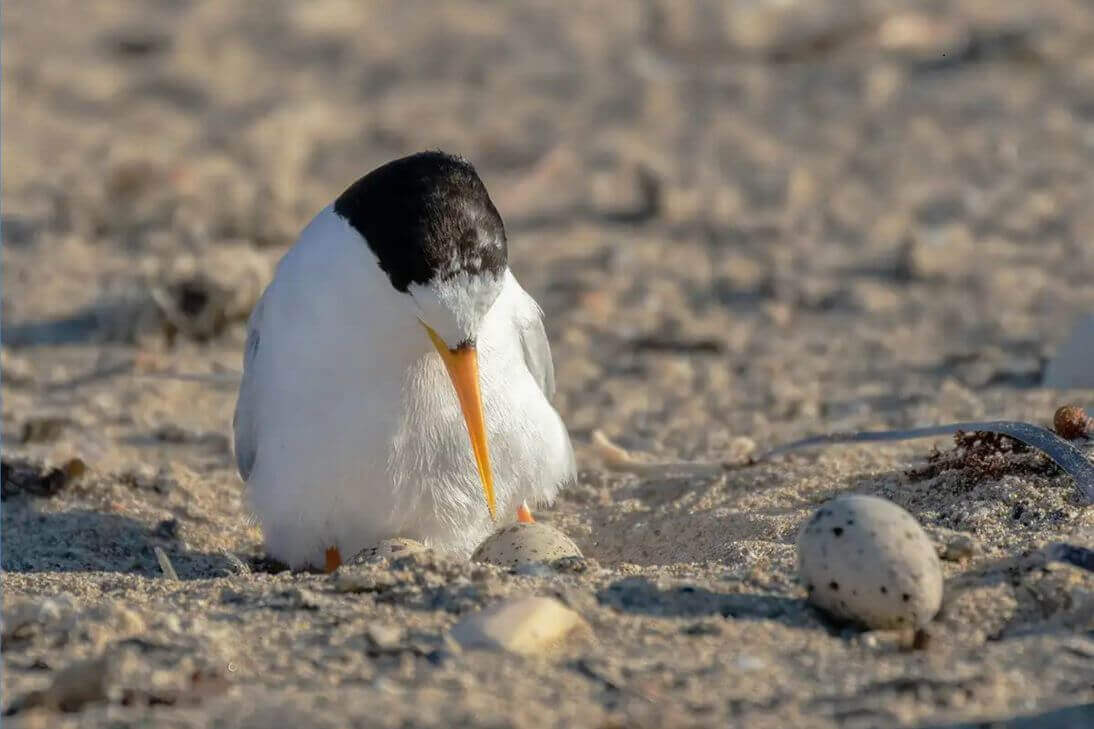Shore Birds Australia Are Under Attack
Shore Birds Australia Are Under Attack
2 April 2021
Shore birds on beaches are under attack from dogs, photographers and four-wheel drives. Here’s how you can help… Each year, oystercatchers, plovers and terns flock to beaches all over Australia’s coastline to lay eggs in a shallow scrape in the sand. They typically nest through spring and summer until the chicks are ready to take flight. Spring and summer, however, are also when most people visit the beach. Human disturbances have increased breeding failure, contributing to the local contraction and decline of many beach-nesting bird populations. Take Australian fairy terns (Sternula nereis nereis) in Western Australia, their 2020-21 breeding season is coming to an end, and has been relatively poor. Fox predation and flooding from tidal inundation wiped out several colonies. Unfathomably, a colony was also lost after a four-wheel drive performed bog-laps in a sign-posted nesting area. Unleashed dogs chased incubating adults from their nests, and photographers entered restricted access sites and climbed fragile dunes to photograph nesting birds. These human-related disturbances highlight the need for ongoing education. So let’s take a closer look at the issue, and how communities and individuals can make a big difference. Nesting on the open beach Beach-nesting birds typically breed, feed and rest in coastal habitats all year round. During the breeding season, which varies between species, they establish their nests above the high-water mark (high tide), just 20 to 30 millimetres deep in the sand. Some species, such as the fairy tern, incorporate beach shells, small stones and organic material like seaweed in and around the nest to help camouflage their eggs and chicks so predators, such as gulls and ravens, don’t detect them easily. While nests are exposed and vulnerable on the open beach, it allows the birds to spot predators early and to remain close to productive foraging areas. Still, beach-nesting birds live a harsh lifestyle. Breeding efforts are often characterised by low reproductive success and multiple nesting attempts may be undertaken each season. 12 Eggs and chicks remain vulnerable until chicks can fly. This takes around 43 days for fairy terns and about 63 days for hooded plovers (Thinornis rubricollis rubricollis). Birds see people and dogs as predators. When they approach, nesting adult birds distance themselves from the nest and chicks. For example, terns typically take flight, while plovers run ahead of the threat, “leading” it away from the area. When eggs and chicks are left unattended, they’re vulnerable to predation by other birds, they can suffer thermal stress (overheating or cooling) or be trampled as their cryptic colouration makes them difficult to spot. So what can you do to protect beach-nesting birds? ● Share the space and be respectful of signage and fencing. These temporary measures help protect birds and increase their chance of breeding success ● keep dogs leashed and away from known feeding and breeding areas ● avoid driving four-wheel drive vehicles on the beach, particularly at high tide ● keep cats indoors or in a cat run (enclosure) ● if you see a bird nesting on the beach, report it to local authorities and maintain your distancavoid walking through flocks of birds or causing them to take flight. Disturbance burns energy, which could have implications for breeding and migration. https://theconversation.com/birds-on-beaches-are -under-attack-from-dogs-photographers-and-fourwheel-drives-heres-how-you-can-help-them-15596 2

